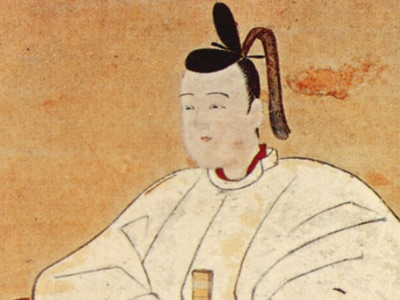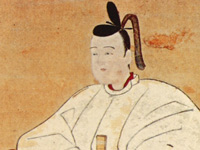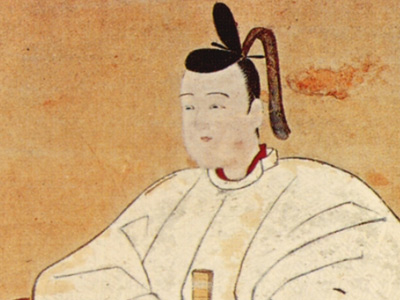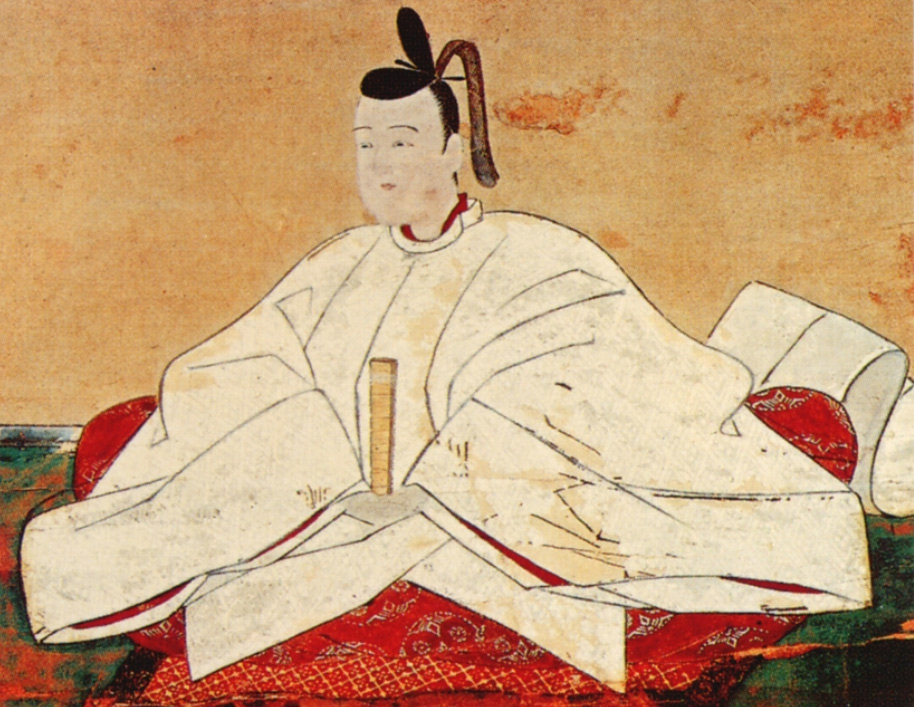Toyotomi Hideyoshi (1537-1598)

Rise to Power
Battle of Yamazaki and conflict with Katsuie
After the assassinations at Honnō-ji of Oda Nobunaga and his eldest son Nobutada in 1582 at the hands of Akechi Mitsuhide, Hideyoshi, seeking vengeance for the death of his beloved lord, made peace with the Mōri clan and defeated Akechi at the Battle of Yamazaki.
At a meeting at Kiyosu to decide on a successor to Nobunaga, Hideyoshi cast aside the apparent candidate, Oda Nobutaka and his advocate, Oda clan's chief general, Shibata Katsuie, by supporting Nobutada's young son, Oda Hidenobu. Having won the support of the other two Oda elders, Niwa Nagahide and Ikeda Tsuneoki, Hideyoshi established Hidenobu's position, as well as his own influence in the Oda clan. Tension quickly escalated between Hideyoshi and Katsuie, and at the Battle of Shizugatake in the following year, Hideyoshi destroyed Katsuie's forces and thus consolidated his own power, absorbing most of the Oda clan into his control.
Constructing of Osaka Castle
In 1583, Hideyoshi began construction of Osaka Castle. Built on the site of the temple Ishiyama Hongan-ji destroyed by Nobunaga, the castle would become the last stronghold of the Toyotomi clan after Hideyoshi's death.
Battle of Komaki and Nagakute
Nobunaga's other son, Oda Nobukatsu, remained hostile to Hideyoshi. He allied himself with Tokugawa Ieyasu, and the two sides fought at the inconclusive Battle of Komaki and Nagakute. It ultimately resulted in a stalemate, although Hideyoshi's forces were delivered a heavy blow. Finally, Hideyoshi made peace with Nobukatsu, ending the pretext for war between the Tokugawa and Hashiba clans. Hideyoshi sent Tokugawa Ieyasu his younger sister Asahi no kata and mother Ōmandokoro as hostages. Ieyasu eventually agreed to become a vassal of Hideyoshi.
HISTORY

RESOURCES
This article uses material from the Wikipedia article "Toyotomi Hideyoshi (1537-1598)", which is released under the Creative Commons Attribution-Share-Alike License 3.0.
© Stories Preschool. All Rights Reserved.










